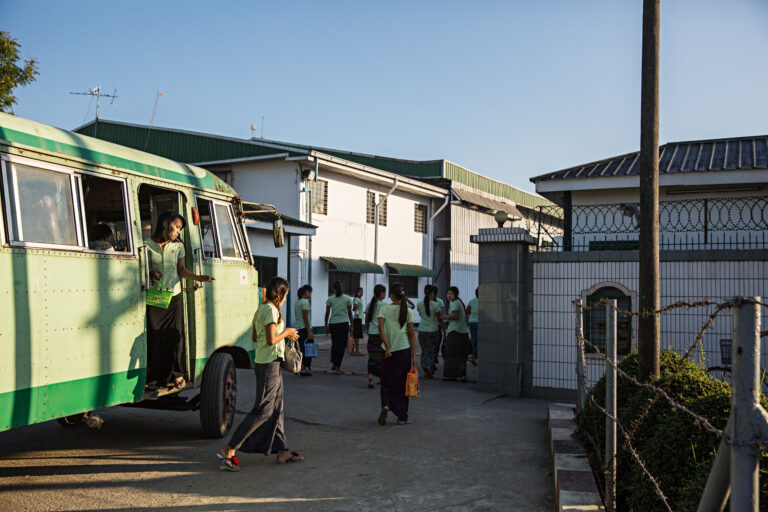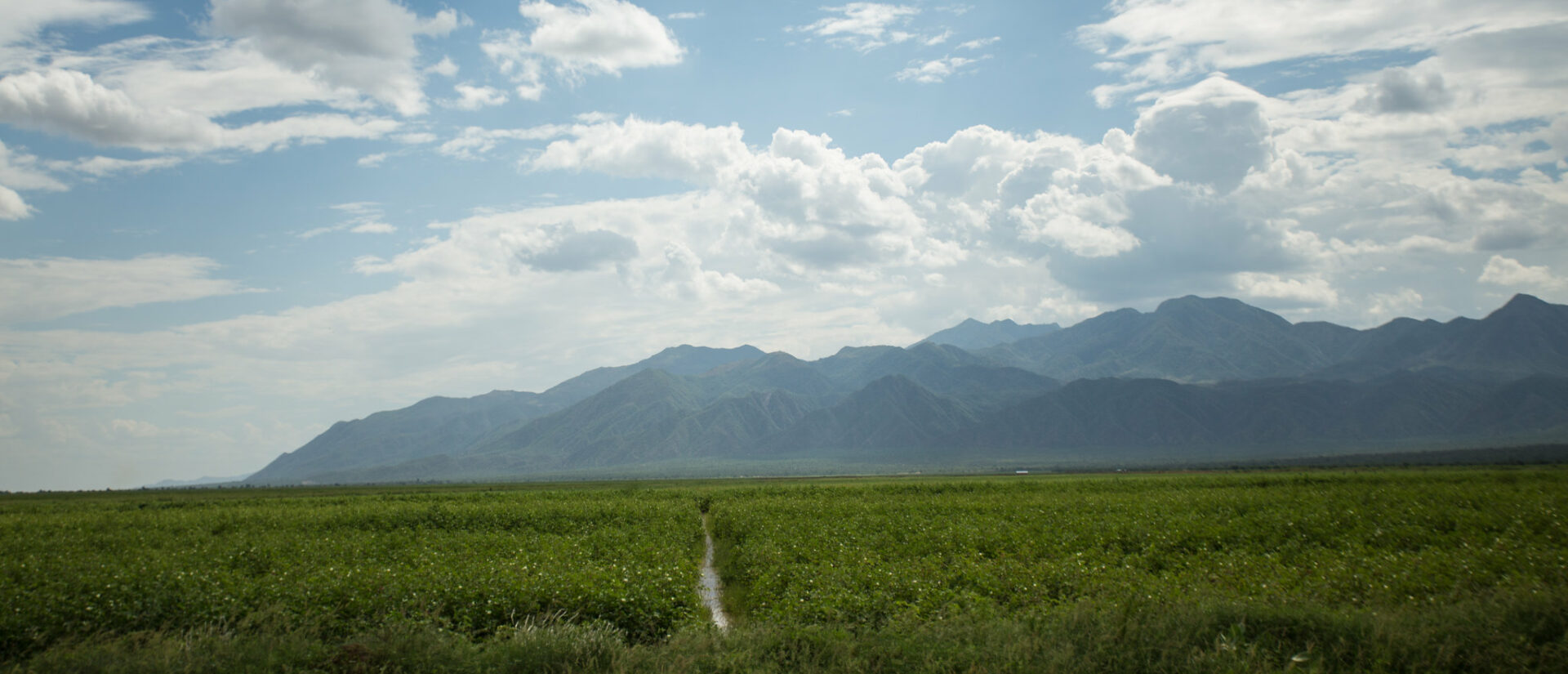
Is Ethiopia becoming the “new Myanmar” of the garment industry?
Ethiopia is often called the fashion industry’s new hub, or even the “new Myanmar”. However, growth projections of the Ethiopian government are not being met, and the growth expectations of Western brands and retailers are not being realised. Ethiopia is not yet living up to the promise of providing an integrated value chain from cotton production to ready-made garment. What does this mean for Ethiopian workers?
Quick scan of the linkages between the Ethiopian garment and leather industry and the Dutch market
The quick rise of the Ethiopian garment industry has led Mondiaal FNV to focus on this country, in relation to workers’ rights. Already in 2016, they asked SOMO to look into the linkages between the Ethiopian garment industry and the Dutch market. The main conclusion then was:
“Although Ethiopia is seen by global brands and retailers as an ideal country for manufacturing and/or production mainly due to the large and cheap workforce, the initial interest has not yet led to the expected increase in production. There are still multiple challenges, such as the low productivity and quality, unrests related to land issues, and issues such as government bureaucracy.”
Despite these challenges, several brands have started producing in Ethiopia, with H&M and begin the largest international brands. The country mostly produces basics like T-shirts. Most of Ethiopia’s garment exports are destined for Germany, while other European countries receive small quantities. The United States also receive a portion of the exports. Garments from Ethiopia can hardly be found in The Netherlands.
New desk research and interviews provide some insight into the motivation of garment brands and retailers to source from Ethiopia. And where some companies are eager to state that they are genuinely interested in contributing to a sustainable and equitable garment industry in Ethiopia, there is no evidence that these companies are actually making an effort to ensure that workers at their supplier factories receive a living wage (or even a decent wage).
Partners
Related content
-
Quick scan of the linkages between the Ethiopian garment and leather industry and the Dutch market Published on:
 Martje TheuwsPosted in category:Publication
Martje TheuwsPosted in category:Publication Martje Theuws
Martje Theuws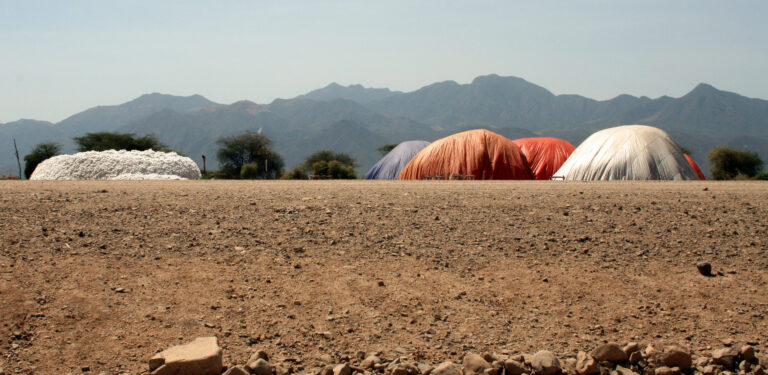
-
Quick scan of the linkages between the Ethiopian garment industry and the Dutch market Published on:
 Esther de HaanPosted in category:Publication
Esther de HaanPosted in category:Publication Esther de Haan
Esther de Haan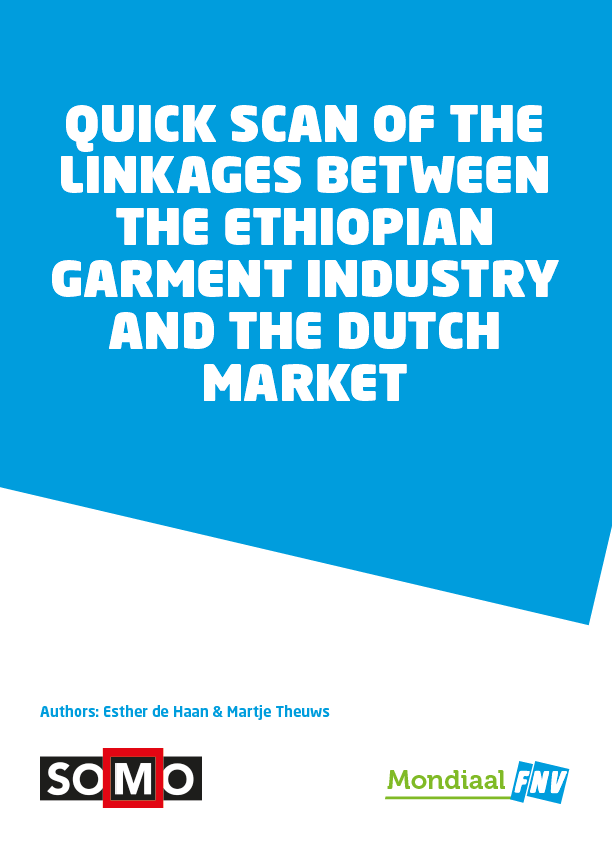
-
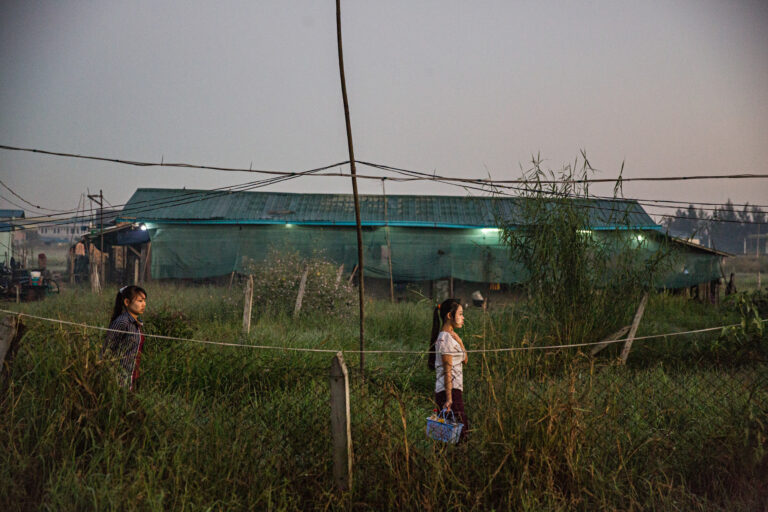
-
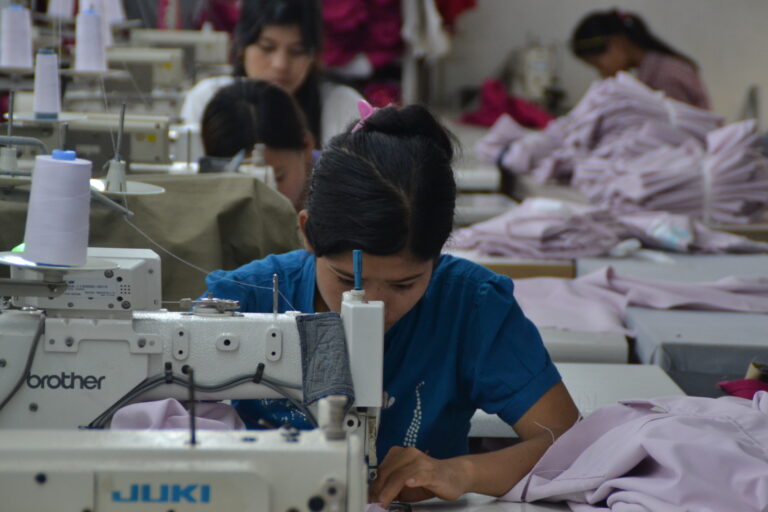
-
The Myanmar Dilemma Published on:
 Martje TheuwsPosted in category:Publication
Martje TheuwsPosted in category:Publication Martje Theuws
Martje Theuws